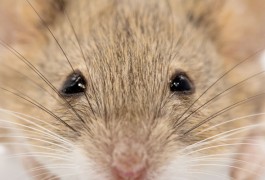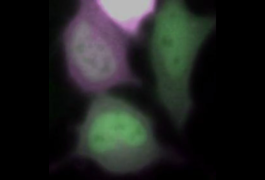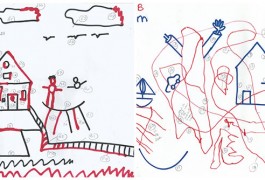False diagnoses inflate autism rate in India
Rushed doctors and lack of culturally appropriate screening tools are boosting autism diagnoses in India.
From funding decisions to scientific fraud, a wide range of societal factors shape autism research.

Rushed doctors and lack of culturally appropriate screening tools are boosting autism diagnoses in India.

A brain system called declarative memory may help people learn scripts and strategies that alleviate autism symptoms, say Michael Ullman and Mariel Pullman.

Girls and boys show telling differences in social and repetitive behaviors well before receiving an autism diagnosis, helping to explain the gender gap in diagnostic rates.
Scientific art takes over Twitter, and college students on the spectrum describe their struggles.

Late last year, a provocative article about the utility of autism as a diagnostic category caused a stir among scientists. But if we do away with the term ‘autism,’ what should replace it?

Watch the complete replay of David Skuse and William Mandy’s webinar on why reported sex ratios for autism may be fundamentally flawed.

A new behavioral test that gauges how well mice simultaneously process light and sound may help explain and treat problems with this skill in people with autism.

Budding scientists need career guidance from faculty mentors, not just technical handholding by graduate students, suggests a comprehensive review.

Researchers may soon be able to easily visualize protein pairings in living cells through vibrant flashes of color.

Researchers have developed a 10-minute drawing test that measures reciprocity — an important social skill that children with autism often lack.